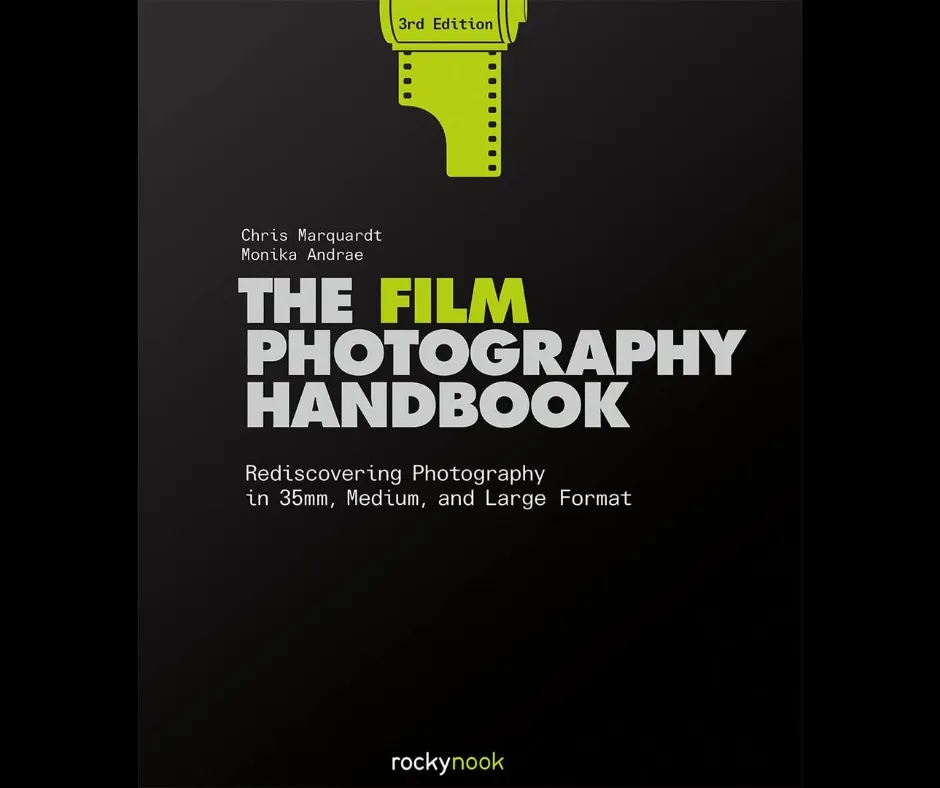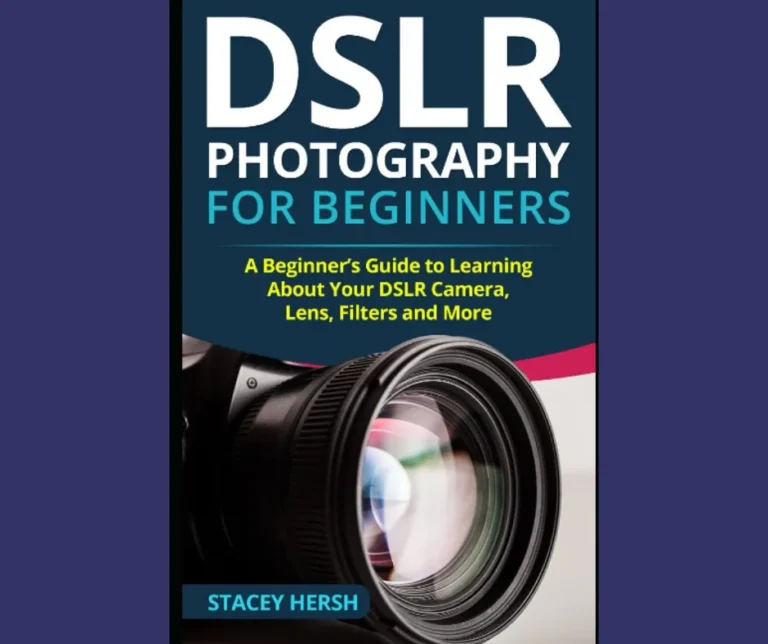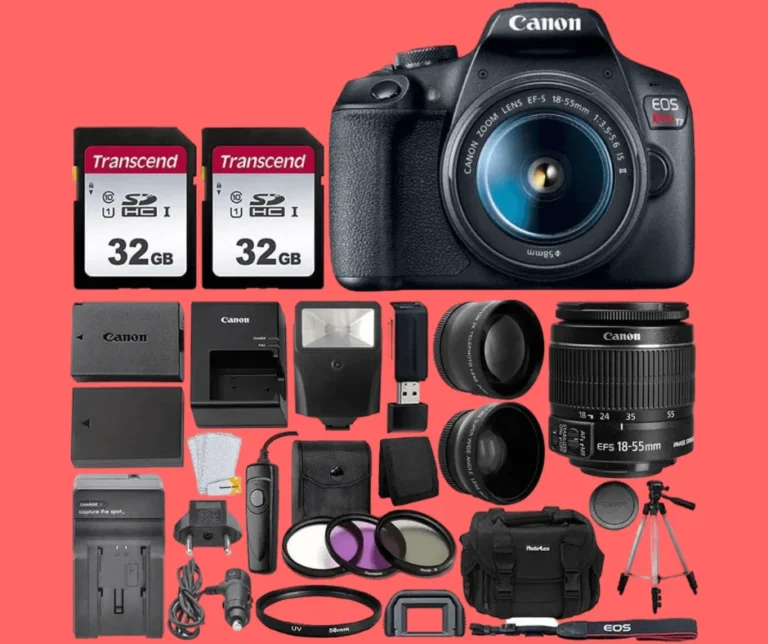Unleashing the Power of the Rule of Thirds in Photography: A Step-by-Step Approach
Are you an aspiring photographer looking to take your skills to the next level?
Or perhaps you are a seasoned professional looking for new techniques to enhance your images?
Whatever your skill level may be, mastering the rule of thirds in photography can greatly improve the composition and impact of your photos.
In this article, we will explore the power of the rule of thirds and how it can elevate your photography to new heights.
By following a step-by-step approach, you will learn how to effectively use this fundamental principle to create visually striking and well-balanced images.
So, get ready to unleash the full potential of the rule of thirds in your photography and take your art to the next level.
Master the rule of thirds
To truly capture stunning and visually appealing photographs, it is essential to master the rule of thirds.
By understanding and applying this fundamental principle, you can effortlessly transform your compositions into works of art.
The rule of thirds involves dividing your frame into a grid with two equally spaced horizontal and vertical lines, resulting in nine distinct sections.
The key is to position your subject or points of interest along these lines or at their intersections, known as the “power points.
” This technique creates balance, visual tension, and guides the viewer’s eye to the most impactful areas of your image.
By unleashing the power of the rule of thirds in your photography, you can elevate your craft and capture captivating shots that engage and mesmerize your audience.
Apply it to your photos
Apply the principles of the rule of thirds to your photos and witness the transformation of your compositions into visually striking and captivating works of art.
By consciously positioning your subject or points of interest along the intersecting lines or at the power points, you can create a sense of balance and visual tension that draws the viewer’s eye and adds depth to your images.
Embrace the step-by-step approach of “Unleashing the Power of the Rule of Thirds in Photography” and watch as your photographs come alive with a newfound sense of aesthetic appeal.
Whether it’s capturing the grandeur of a sweeping landscape or the intricate details of a portrait, incorporating the rule of thirds will undoubtedly enhance the overall impact and storytelling ability of your photographs.
Embrace this transformative technique and unlock a world of creative possibilities in your photography journey.
Find the perfect balance
In the realm of photography, finding the perfect balance is of utmost importance in creating visually compelling and harmonious compositions.
It is through careful consideration and deliberate choices that photographers can achieve a sense of equilibrium between various elements within their frame.
By striking a balance between subjects, colors, textures, and negative space, photographers can evoke a sense of harmony and visual satisfaction in their images.
The step-by-step approach outlined in “Unleashing the Power of the Rule of Thirds in Photography: A Step-by-Step Approach” serves as a valuable tool in helping photographers find that perfect balance.
By understanding and implementing the rule of thirds, photographers can effectively distribute visual weight and create a sense of equilibrium, resulting in captivating and well-balanced photographs.
Through practice and honing this skill, you will be able to effortlessly capture the essence of your subjects while maintaining a visually pleasing balance in your compositions.
Experiment with framing techniques
To further enhance your photography skills and unleash the power of the rule of thirds, it is crucial to experiment with different framing techniques.
Framing plays a vital role in guiding the viewer’s eye towards the main subject and adding depth and context to your photographs.
By carefully selecting elements in your frame, such as archways, windows, or natural surroundings, you can create a visual frame within the frame, drawing attention to your subject and adding a sense of dimension to your composition.
Additionally, exploring unconventional angles and perspectives can bring a unique and artistic touch to your photographs.
Don’t be afraid to think outside the box and push the boundaries of traditional framing techniques.
By experimenting and exploring different framing options, you will develop your own signature style and create visually captivating images that truly stand out.
Elevate your photography skills
To truly elevate your photography skills and unlock the full potential of your creative vision, it is essential to continuously learn and grow as a photographer.
Embracing a lifelong learning mindset allows you to stay updated with the latest techniques, technologies, and trends in the ever-evolving world of photography.
Invest in quality educational resources such as workshops, online courses, and books specifically tailored to your interests and areas of improvement.
Surround yourself with a supportive network of fellow photographers who can provide constructive feedback and inspire you to push your limits.
Additionally, regularly challenging yourself to step out of your comfort zone and try new genres or subjects will broaden your skill set and expand your artistic repertoire.
Remember, the journey to becoming a masterful photographer is a continuous one, and by dedicating yourself to constant growth and improvement, you can attain remarkable results and create images that truly reflect your unique artistic vision.
In conclusion, utilizing the rule of thirds can greatly enhance your photography skills and bring a new level of depth and balance to your images.
With a simple and easy to follow approach, you can effectively incorporate this technique into your photography composition and create stunning and captivating photos.
Remember to always keep the rule of thirds in mind and experiment with different compositions to find what works best for your subject and style.
By mastering this fundamental principle, you can elevate your photography to the next level and capture truly breathtaking shots.
So go out and start practicing the rule of thirds today, and watch as your photography skills improve and your images become even more impactful.
FAQ
What is the rule of thirds in photography and why is it considered a powerful composition technique?
The rule of thirds in photography is a powerful composition technique that involves dividing the frame into a grid of nine equal parts using two horizontal and two vertical lines.
Placing key elements along these lines or at their intersections creates more visually appealing and balanced compositions.
By following this rule, you can add depth, enhance the overall balance, and create a sense of movement in your photographs.
It helps to guide the viewer’s eyes to the main subject and adds visual interest to the image.
Can you explain the step-by-step process of using the rule of thirds in photography to create more visually appealing images?
To use the rule of thirds in photography, start by imagining your image divided into a grid of nine equal parts using two horizontal and two vertical lines.
Then, position your subject or points of interest along these lines or at their intersections.
This technique adds balance and interest to your composition by avoiding centering subjects.
It creates a more visually appealing image as it draws the viewer’s eye to the points of focus and creates a dynamic and pleasing composition.
Remember to experiment and practice to master this technique and create stunning photographs.
Are there any specific guidelines or tools that photographers can use to effectively apply the rule of thirds in their compositions?
As a photographer, you can effectively apply the rule of thirds by using specific guidelines and tools.
One helpful tool is the grid overlay feature on most cameras, which divides the frame into nine equal sections.
Align your subject along these gridlines or at their intersections to create a balanced composition.
Another technique is to imagine the grid while composing your shot, mentally placing important elements along the lines or intersections.
Additionally, you can experiment with cropping your photos during post-processing to adhere to the rule of thirds.
By utilizing these guidelines and tools, you can create visually pleasing and well-composed photographs.
How does the rule of thirds help to create balance and interest in a photograph?
The rule of thirds helps to create balance and interest in a photograph by dividing the image into nine equal parts using two horizontal and two vertical lines.
By placing the main subject along these lines or at their intersections, it adds visual tension and draws the viewer’s attention.
This technique prevents the subject from being placed directly in the center, which can make the image feel static and less engaging.
Instead, it encourages a more dynamic composition, allowing for a harmonious balance between the subject and the surrounding elements.
As a result, the rule of thirds enhances the overall visual appeal and creates a more compelling and aesthetically pleasing photograph.
Can you provide examples or case studies where the rule of thirds has been successfully used to enhance the overall impact of a photograph?
Sure, let me show you a couple of examples where the rule of thirds has successfully enhanced the impact of a photograph.
In one case study, a landscape photograph featured a stunning sunset with the horizon placed along the bottom third, creating a balanced composition and emphasizing the vibrant sky.
Another example demonstrated the rule of thirds in portrait photography, where the subject’s eyes were positioned along the top horizontal line, drawing attention to their expression and creating a dynamic image.
These instances highlight how the rule of thirds can effectively add depth and visual interest to photographs, enhancing their overall impact.







